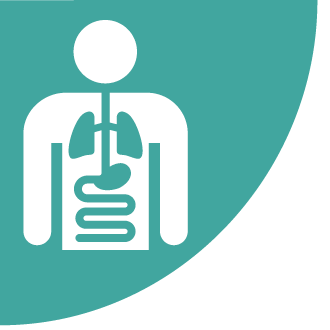NEWSWATCH
CHEMICAL AND MATERIAL HAZARDS

Employee Concerns Spur NIOSH Evaluation of Plastic Film Assembly Facility
The facility produced engineered sheeting, covers, and film liners. NIOSH focused its investigation on the facility’s heat sealing operations, where seams between lengths of feed material were sealed by passing the material under a hot air knife that could reach temperatures up to 1,200 degrees Fahrenheit. Several types of feed material were used, including one that contained polyvinyl chloride (PVC). Given the potential for this process to release substances that could cause the symptoms reported by employees, NIOSH conducted air sampling for volatile organic compounds, dimethyl and diethyl phthalates, hydrochloric acid, and carbon monoxide.
Several VOCs were detected at low levels. Neither Dimethyl phthalate nor hydrochloric acid was detected during either NIOSH visit. One air sample taken during the first visit indicated the presence of diethyl phthalate, but the concentration was too low to measure.
Movement of source material at the facility required use of propane-powered forklifts, which produce carbon monoxide. Spot measurements of carbon monoxide were below the NIOSH ceiling level for CO of 200 ppm and ranged from 28 to 67 ppm. The HHE report notes that if employees were exposed to carbon monoxide at these levels for a full shift, the exposure could exceed the ACGIH TLV of 25 ppm or the NIOSH REL of 35 ppm.
Confidential medical interviews revealed a statistically significant reduction in the percentage of employees who reported health concerns during the second NIOSH visit. Many factors could have contributed to this change. The facility came under new ownership prior to the second visit, and the new owners eliminated use of the PVC source product, which most employees associated with health complaints. Employees also reported improved ventilation during the second visit.
Based on its investigation, NIOSH recommended that if carbon monoxide monitoring continued to show that employees’ exposures exceed full-shift or ceiling limits, the employer could better control exposures through improved ventilation, installation of catalytic converters on forklifts, or replacement of propane-powered forklifts with electric forklifts. NIOSH also recommended that the employer ensure that forklifts are properly maintained, train employees to recognize and report symptoms of carbon monoxide exposure, and re-train employees on the health effects of heat-sealing byproducts. Employees were encouraged to report any signs or symptoms of asthma and carbon monoxide exposures to their supervisors.
The report “Evaluation of Exposures and Symptoms from Heat Sealing Operations at a Plastic Film Assembly Facility” is available as a
PDF
on the NIOSH website. 
